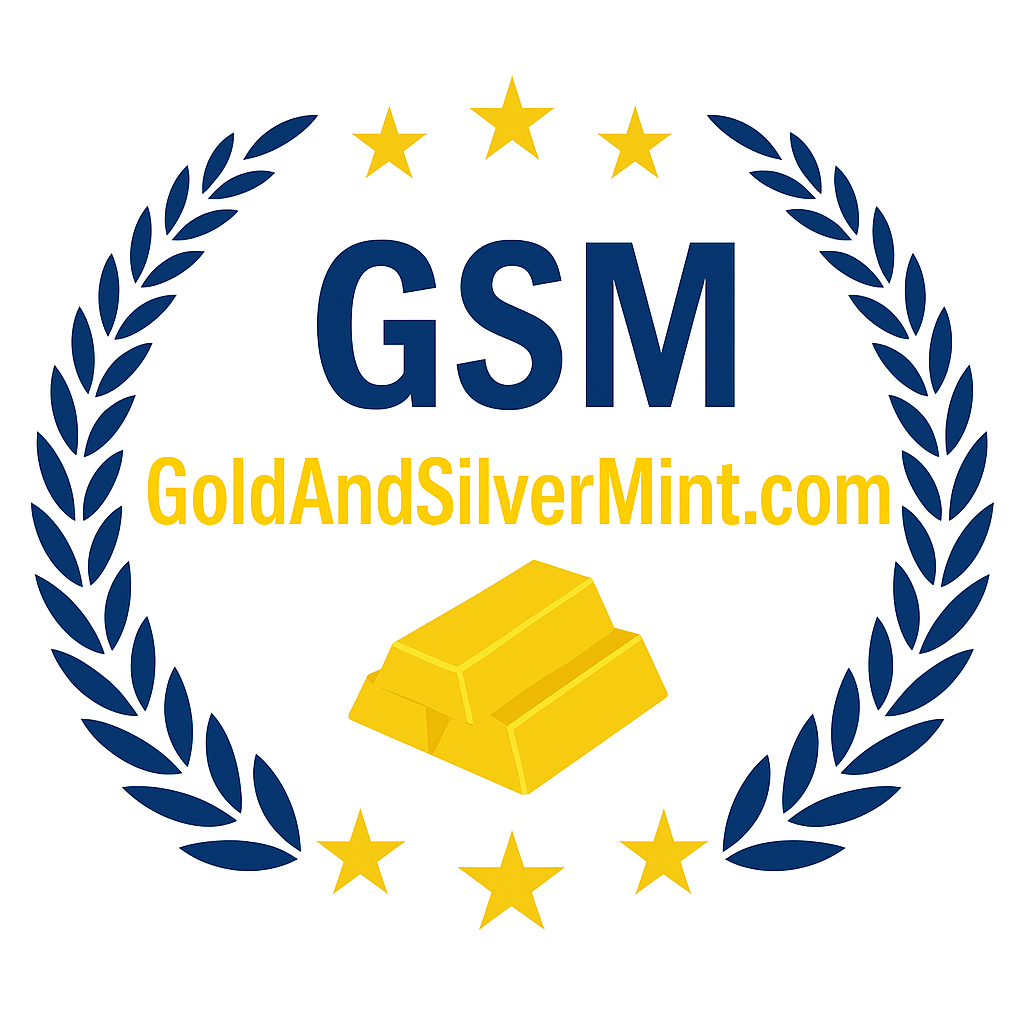U.S. Mint in Philadelphia
With the founding of the nation came the founding of its national mint. Roughly twenty years after the Declaration Independence was signed, and just down the street from that site, the fledgling United States of America opened a facility from which it could produce its own currency. Many of the individual colonies had been producing their own coins prior to that. But with the ratification of the Constitution in 1788 came more speculation about the need for a national mint. One was built in 1792, and today it produces billions of coins each year.
Fast Facts About U.S. Mint in Philadelphia
History of the U.S. Mint in Philadelphia
Between the founding of the nation and the establishment of a national mint, transactions were done using foreign or colonial currency, livestock, or produce. Following the Revolutionary War, according to the Articles of Confederation, states could each have their own governing code and authorities. Each state could choose to mint its own coins. But when the Constitution was ratified in 1788, discussions began about the need for a national mint. And four years later, on April 2, 1792, the Coinage Act was passed, in which Congress granted the United States of America to begin minting its own currency. Philadelphia, being the nation’s capital at the time, was where the mint was built.
Act of Congress Enacting the U.S. Mint in Philadelphia
The Coinage Act of 1792, signed by President George Washington, brought the U.S. mint to life. It included creating a decimal currency and creating dime, nickel, penny, dollar, half dollar, and quarter coins. It also stipulated that all coins have on them the word “liberty” and some kind of image that depicted the concept of liberty.
U.S. Mint in Philadelphia’s Notable Directors, Coin Designers & Developments
David Rittenhouse was the first director of the Philadelphia mint, appointed by President George Washington. Rittenhouse was a scientist and inventor, dabbling in clockmaking, astronomy, and surveying. He also served as a public official. He was a notable Philadelphia intellectual, and often hosted others, including Benjamin Franklin and Thomas Jefferson, at his home for discussion. Prior to being named mint director, he had served as treasurer of Pennsylvania. Today there is one mint director who oversees all four of the country’s mints. David J. Ryder has served in that position since 2018. Each individual mint now has a Superintendent. Robert Kurzyna, a West Point graduate and veteran, fills that role currently.
Day to Day Operations of the U.S. Mint in Philadelphia
In the Philadelphia mint’s early days, copper was the only metal used for making coins, and the minting process was done by hand or by horsepower. In the 1830s, a steam-operated coin press was introduced, enabling the mint to make 100 coins per minute. In 1901, it moved again, to a new facility, this one costing $2 million in land and construction. And in 1969, the Philadelphia mint moved into where it is now, on Independence Mall. Today it produces each type of coin in use in the states, as well as commemorative ones, making a total of over a billion coins each year. The facility is usually open for public tours.
Some Rare “P” Mint Marked Coins Worth Watching Your Change to Find
Coins minted in Philadelphia have, for most of that mint’s history, not featured a “P” mint mark. Save for a few exceptions. In the mid 1940s, the Philadelphia mint produced the “Wartime nickel,” which included the “P” mark, as did the Susan B. Anthony dollar, minted there in the late 1970s and early ‘80s. The decision was, however, made in 1979 to place the “P” mint mark on all Philadelphia minted coins from thereon except for on cent-pieces. Coins minted in the earliest days of the Philadelphia mint are extremely rare, largely due to the fact that coin collecting was not a hobby in the 18th and 19th centuries.
Learn more about past and & present coin values here.
Other U.S. Mints Past & Present
Demand for monetary production spread to different American regions in the 18th, 19th, and early 20th centuries. It all started in Philadelphia, then with gold rushes in the west came the need for mints in San Francisco and Denver, with a more recent one added in West Point, though there have been others. Though not all of today’s mints allow the public in, they serve as important parts of our country’s history and infrastructure.
Learn more about the modern and active U.S. Mints in Denver, Colorado, San Francisco, California, and West Point, New York.
Content last updated on 01/26/2023
